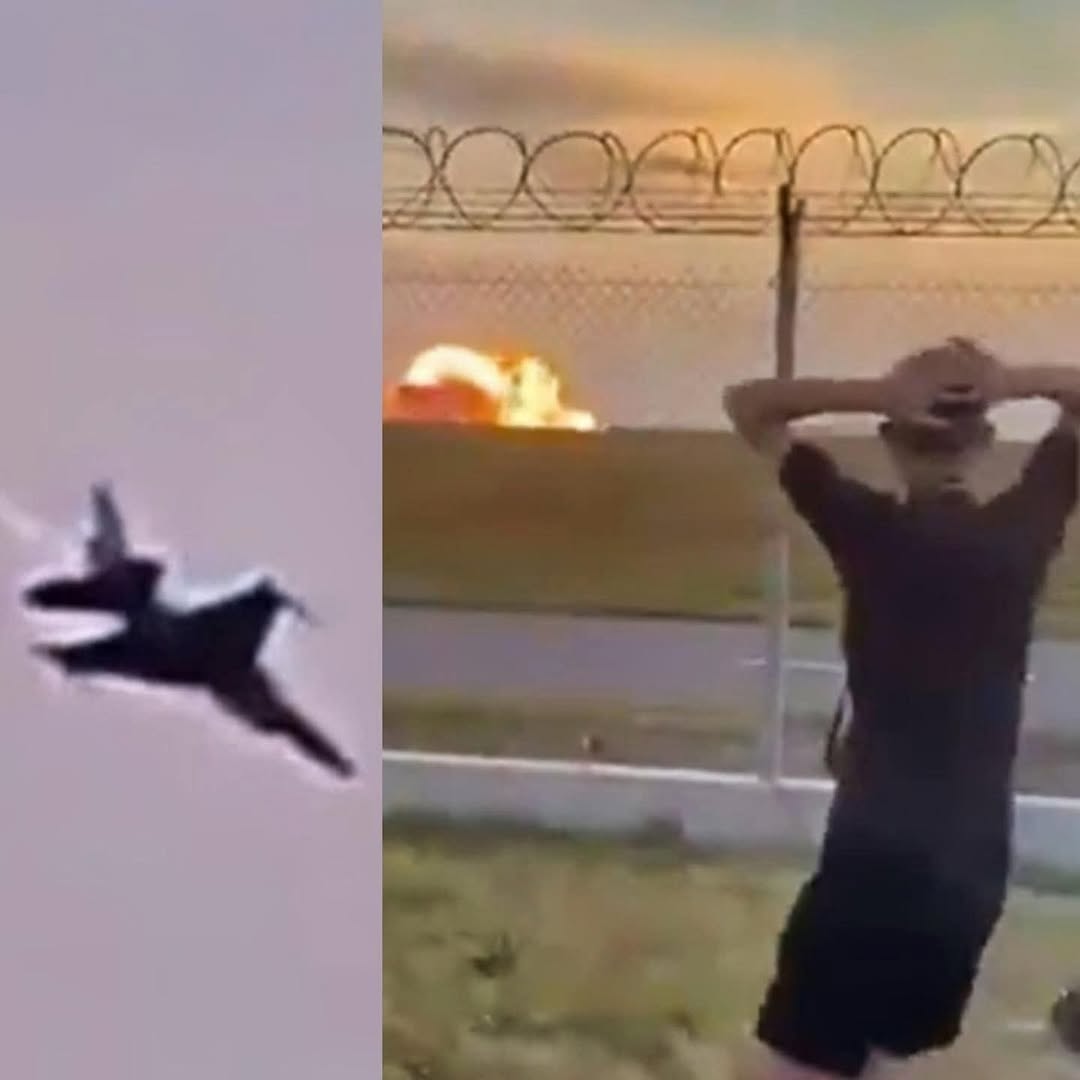What started as a clear and peaceful morning in Alabama quickly took a tragic turn, casting a heavy shadow over the U.S. military community and the local residents alike. On what was initially described as a routine training mission, a Black Hawk helicopter, a cornerstone of military aviation, crashed in a remote rural area, resulting in the immediate deaths of two soldiers at the scene. The incident not only shook those directly involved but also sent ripples of grief and concern through the broader military family and civilian communities that support them.
The crash occurred shortly after sunrise, at a time when many begin their day with hope and promise. Instead, it became a heartbreaking reminder of the ever-present risks that members of the armed forces face—even outside active combat zones. While training missions are designed to prepare soldiers for the unpredictable challenges of war, they themselves are not without inherent dangers. This tragic event underscores how perilous military service can be at any time, emphasizing the courage and sacrifice that define the lives of those who serve.
As news of the crash spread rapidly, local authorities, military officials, and emergency response teams converged on the scene to secure the area and provide assistance. The rural nature of the crash site posed additional challenges for rescue and recovery operations, requiring coordination between various agencies and experts. Community members expressed their sorrow and offered support, understanding the profound impact such losses have on families and comrades.
In response to the tragedy, military and federal aviation authorities promptly initiated a comprehensive, full-scale investigation aimed at determining the exact cause of the Black Hawk helicopter crash. These investigations are critical to ensuring the safety of current and future missions, as they help identify what went wrong and how similar incidents might be prevented in the future. Investigators are meticulously reviewing a broad range of factors to piece together a clear picture of the events leading up to the crash.
Preliminary reports from the investigation have indicated that weather conditions at the time were stable and benign. There were no indications of storms, heavy winds, or other adverse weather phenomena that could have contributed to the accident. This early assessment allows investigators to rule out environmental factors, narrowing the focus to other possible causes related to equipment, human factors, and operational procedures.
With weather eliminated as a likely cause, the investigation team is now carefully examining the possibility of mechanical failures that may have occurred aboard the Black Hawk helicopter. Given the complexity of military aircraft, even small malfunctions can have serious consequences. Investigators are analyzing the helicopter’s maintenance history, recent repairs, and any recorded anomalies that might shed light on potential technical issues.
At the same time, the inquiry is looking into the pilot’s actions and responses during the incident. Training and experience are critical in handling unexpected emergencies, and understanding the sequence of decisions made in those crucial moments can provide insight into how the situation unfolded. This part of the investigation is particularly sensitive, as it involves assessing human factors without rushing to assign blame.
Representatives from the U.S. Army Aviation and Missile Command have publicly emphasized the Black Hawk helicopter’s reputation for reliability and versatility. Known worldwide for its robust design and ability to operate in a wide variety of conditions, the Black Hawk undergoes frequent, rigorous inspections to ensure it meets the highest safety standards. Despite these thorough maintenance and safety protocols, military officials acknowledge that no mechanical system is entirely immune to failure. Unexpected malfunctions can happen, underscoring the inherent risks that accompany even the most well-prepared missions.
A spokesperson from the National Guard reinforced the importance of training, stating, “Training is essential for mission readiness. It prepares our soldiers for the realities of the battlefield and helps minimize risks during operations. However, accidents, though rare, can still occur and remind us of the seriousness of every mission.” This statement highlights the balance between necessary preparation and the unpredictable nature of military operations.
As the investigation continues, families of the fallen soldiers have been notified and are being supported by military counseling and assistance services. The loss of life weighs heavily on the entire military community, with comrades and leaders expressing their deep sorrow and commitment to honoring those who gave everything in service to their country.
This tragic incident is a sobering reminder that the sacrifices made by military personnel extend beyond the battlefield. Whether in training or active duty, every mission carries risk, and the men and women who serve accept these dangers to protect the nation. The ongoing investigation aims not only to uncover what happened but also to ensure that lessons learned will enhance the safety and effectiveness of future operations.
In the coming weeks, military officials will continue to provide updates as the investigation progresses. Meanwhile, the community stands united in mourning and support, honoring the bravery and dedication of those lost in this heartbreaking event.
